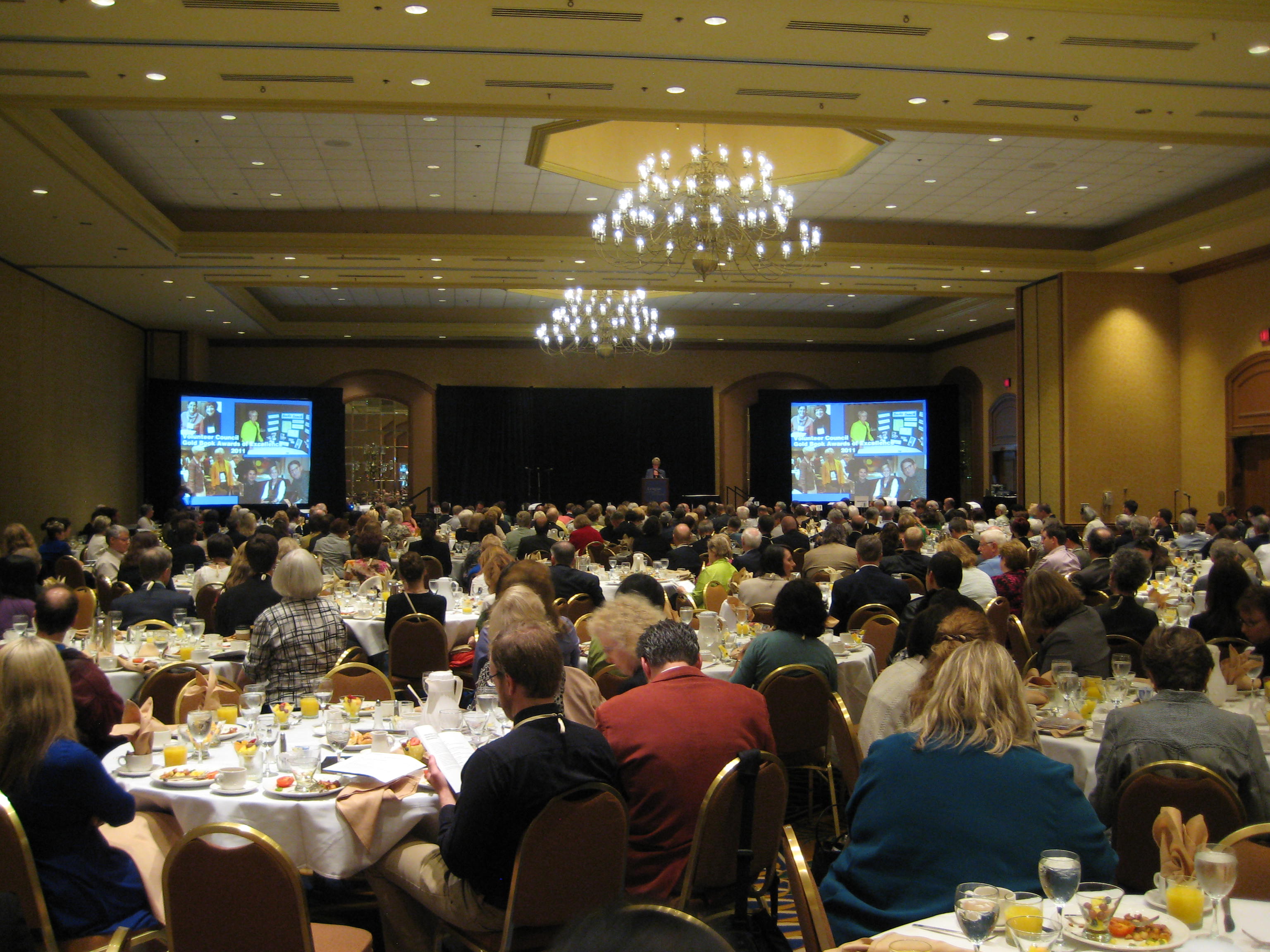2011-06-14
American orchestras face great challenges and robust innovation

Reporting from the 66th Conference of the League of American Orchestras in Minneapolis St. Paul is really tricky: some 1000 participants from a broad range of orchestras are dicussing problems for orchestral organizations from the US and Canada. Volunteers, donors, board members, musicians, conductors, staff members from the fulltime professional orchestras are mixed up with those from youth orchestras, community and non permanent orchestras. There is a big awareness of the necessity of a change in business models, in safer capitalization of orchestras, in new patron models, in new accessability for audiences and in new dialogues between management and musicians before (!) collective bargaining. Two third of the major US orchestras do have a deficit in their bugdets and they will need a robust innovation. The recent bankrupty of Honolulu, staff cuts, shortening seasons, the six month strike at the Detroit Symphony Orchestra, the financial problems of the Philadelphia Orchestra are symptoms for the topic turmoil situation of US orchestras, after the economic downturn.
American orchestra managers do have a very special problem: nobody does want to tell bad news to his board members, donors, patrons or sponsors. Nobody wants to jeopardize giving and contributions with bad news. There was a great willingness at the conference to talk more open on the real problems of orchestras than in earlier years. There seems to be a need for the renewal of dialogue cultures in American orchestra organizations.

Some answers on these challenges may be: 1. Stabilizing budgets and capitalization of orchestras is a core issue. Collective bargaining agreements must become more flexible; salaries and benefits must fit in the capable framework of the orchestras budget. Board members should serve longer than one or two years to create a greater sustainability. 2. Community work must be activated which means to realine community means; orchestras should understand themselves as cultural agencies not only as excellent arts organizations. 3. Fostering creativity: which creative potentials and powers must be developed within the organizations. The audition system has to be changed: orchestras do need artisticly excellent musicians, but future musicians will need even more abilities, too (esp. for education and outreach work, talks to donors and audiences etc.).
Some other key findings of the conference: Money does follow the vision! Rethinking the orchestra vision in tough times is essential for marching forward. For the future success of change management within orchestras directors, staff members and musicians have to work together more closely. Next few months some major and medium US orchestras will face the challenges of robust innovation. It will be a really interesting experience, which orchestras will succeed best in this competition.
Orchestra Management Blog: http://orchestramanagement.wordpress.com
League of American Orchestras: http://www.americanorchestras.org
Photos: Minnesota Orchestra Hall, Round Table Discussions
Gerald Mertens, German Orchestra Association (DOV), Berlin
There are no comments for this content yet.
similar content

